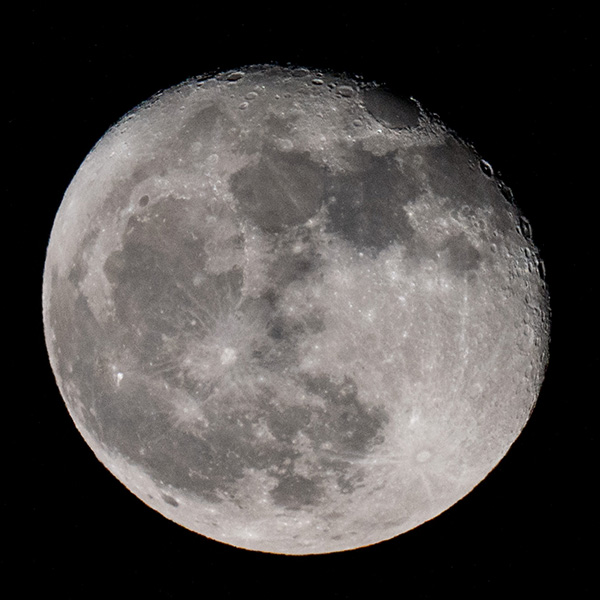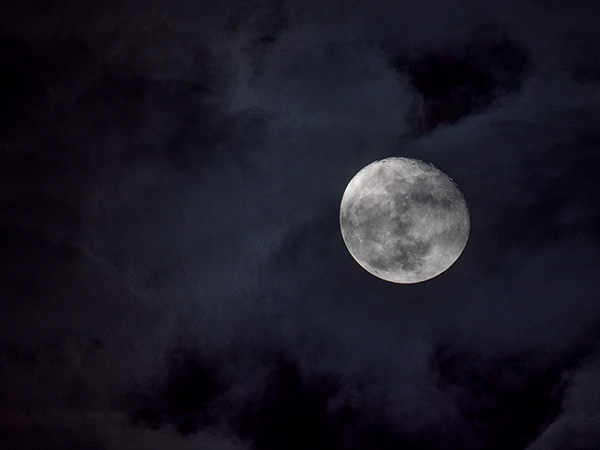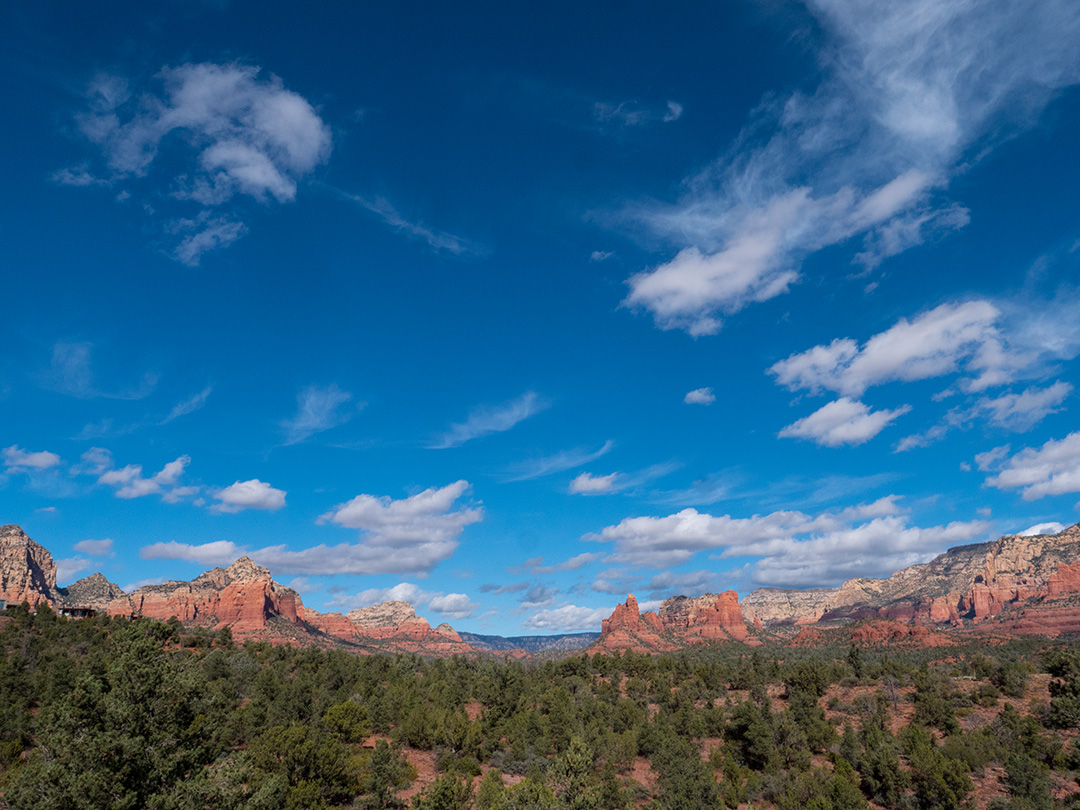Photography “Exposure Rules”
This post was inspired by questions about getting a solid exposure of the moon with detail. Many photographers have issues with this. We’ll start with the ‘Sunny 16 Rule’. Note that I put the exposure rules in quotes in the title of this post. That’s because technically there are no rules because any exposure is the correct exposure if it helps to tell the story you are trying to share.
No matter who tells you something it is always important to test for yourself. ALWAYS! (example below)
The exposure rules I’m going to share here can get you to a place where you can start your journey and attain an exposure that will render highlights and shadows visible within an acceptable range without losing detail in either one. Once you know this happy place, it can be a handy starting place and to check your metering equipment in your camera and light meter.
 The Sunny 16 Rule in action with Sedona’s red rocks. Lumix GH5 with 12-60mm Leica
The Sunny 16 Rule in action with Sedona’s red rocks. Lumix GH5 with 12-60mm Leica
Exposure settings f16 1/400th second at ISO 400
The first rule is the Sunny 16 Rule. On a sunny, cloudless day scene, this rule states that if you set your camera to f16 and your shutter speed to 1 over your ISO setting you will get a proper exposure. If your ISO is set to 400, your settings would be f16 at 1/400th of a second. It will be correct. For additional creative control within the rule just keep the ratios between shutter speed and f-stop. If you want a shallower depth of field, for each change in aperture change the shutter speed. f8 is two stops different from f16, so the shutter speed would need to be 1/1600th second with our 400 ISO setting. Be aware that small tweaks in 1/3rd of a stop can make quite a difference in how the scene renders. A slight underexposure
 The Moony 8 rule for the lunar surface low in the sky. Lumix GH5 with the Lumix G Leica DG VARIO-ELMAR 100-400mm f4-6.3 LENS
The Moony 8 rule for the lunar surface low in the sky. Lumix GH5 with the Lumix G Leica DG VARIO-ELMAR 100-400mm f4-6.3 LENS
Let’s move to the moon. I shared a piece of info I was told without testing. (sorry about that! working to rectify it ASAP) I was told we could use the ‘Moony 11’ the same way we use the Sunny 16 rule. I apologize for passing that info on without testing first. After testing, I found that the reality for getting a nice exposure of the moon was the ‘Moony 8 Rule’. Set your aperture for f8 and use the reciprocal of your ISO for your settings. Even though the moon is a reflection of the sun, it is traveling through a couple of layers of atmosphere and absorbing some of the light itself. It turns out Moony 8 seems to be the way to go.
 Light clouds crossed the moon and changed the exposure to 1/60th of a second still at ISO 400
Light clouds crossed the moon and changed the exposure to 1/60th of a second still at ISO 400
While the Sunny 16 rule is for the exposure of the scene lit by the sun. The Moony 8 is to achieve texture on the moon itself.
Yours in Creative Photography, Bob





